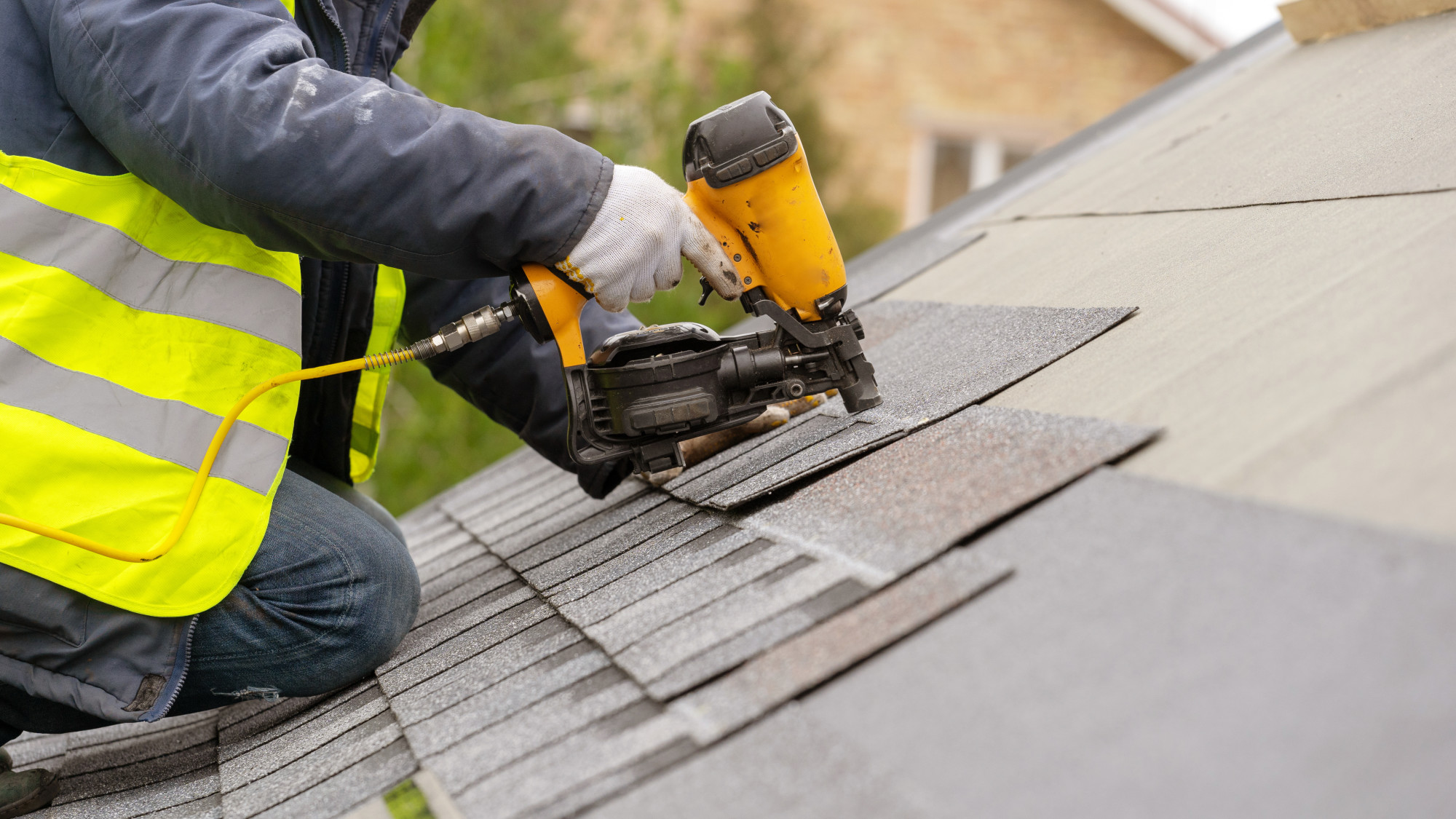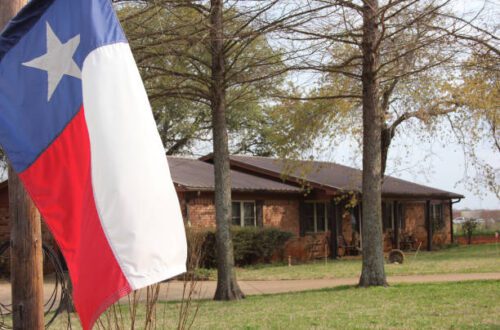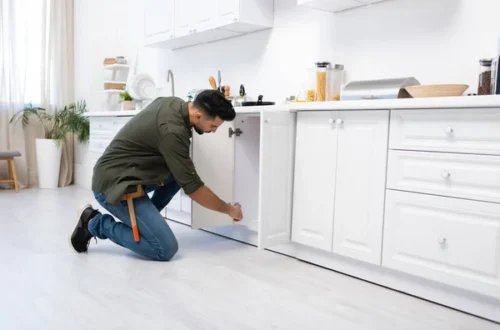Are you getting a new roof installed on your home?
Roof installation can be tricky if you’re inexperienced. There are a lot of things that you need to keep in mind, and you need to find a reliable roofing company to do the job right.
Otherwise, you might end up with a roof that leaks or with a roof that doesn’t look right on the house.
Don’t let this happen to you. Be sure to read this entire guide before you get a residential roofing installation done. That way, you can avoid common residential roof installation errors and get the job done right.
1. Not Installing the Drip Edge
Drip edge installation is one of the most common mistakes made during installing a new roof. The drip edge is the metal edging that is installed along the edge of the roof to help protect the fascia board and prevent water damage.
To properly install the drip edge, the flashing must be installed first. The drip edge must then be installed over the top of the flashing and fastened to the roof deck. If the drip edge is installed before the flashing, it will create a gap that will allow water to enter behind the drip edge and damage the fascia board.
2. Not Installing Roofing Felt
Roofing felt is a vital component in the roof installation process as it provides a barrier between the shingles and the roof deck. This barrier helps to prevent moisture and wind damage to the roof deck.
Without roofing felt, the shingles are more likely to become damaged and blow off of the roof in high winds. In addition, roofing felt helps to protect the roof deck from UV rays and other weather damage.
3. Not Installing Enough Ventilation
This can lead to several problems, including premature aging of the roof, condensation and mold growth, and ice dams. Adequate ventilation is essential to keeping a roof in good condition and avoiding these problems. There are many ways to ensure sufficient ventilation, including installing ridge and soffit vents, installing powered attic vents, and making sure there are adequate channels for air to flow through the attic.
4. Improper Nailing
Improper nailing is when the nails are not driven in at the correct angle or depth, or when the wrong type of nails is used. This can cause the shingles to come loose and blow off in high winds.
5. Improper Flashing
Another common error is improper flashing. Flashing is the metal or plastic strip that is used to seal the joint between the roof and the wall. If the flashing is not installed correctly, it can allow water to seep in and cause damage to the structure.
6. Wrong Type of Shingles
Using the wrong type of shingles. Asphalt shingles are the most common type of shingle used on residential roofs, but there are also metal, slate, and tile shingles.
Each type of shingle has different installation requirements, so it is important to make sure that the right type of shingle is being used. Not properly overlapping the shingles can cause gaps that allow water to enter your home.
So it’s proper to hire an experienced and qualified roofing contractor to avoid these errors. For reference, you can find us here.
Avoid These Residential Roof Installation Errors
Many potential residential roof installation errors can occur during an installation. To avoid these errors, it is important to have an experienced and qualified roofing contractor. This contractor should be able to identify and correct any potential problems during the roof installation process.
Find this article helpful, and check out more home improvement tips.






